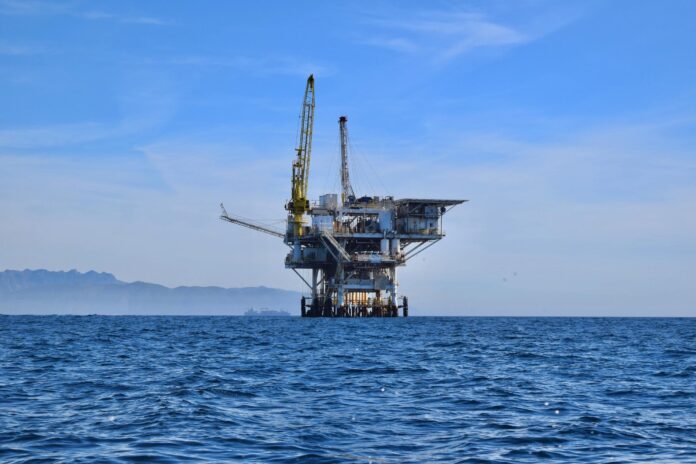Indonesia’s natural riches have earned global recognition, with various regions boasting unique and valuable resources. In the latest development, Bali and Lombok have emerged as potential reservoirs of natural gas, shedding light on their significant gas reserves.
This revelation comes directly from the Indonesian Government, specifically the Ministry of Energy and Mineral Resources (ESDM), which has unveiled the substantial gas potential lying beneath the waters off the northern coasts of Bali and Lombok.
Tutuka Ariadji, the Director-General of Oil and Natural Gas at the Ministry of ESDM, has reported the discovery of substantial gas reserves. “In the northern regions of Bali and Lombok, we have also found natural gas. I can confidently say that the potential in these two locations is anything but small. It falls into a significant class of potential,” said Tutuka quoted from CNBC Indonesia in the Energy Corner program, Tuesday (17/10/2023).
Moreover, alongside the northern waters of Bali and Lombok, sizeable gas resources have also been identified in the Andaman Block II, located in Aceh. Tutuka commented, “In recent times, we have been making numerous gas discoveries. In Andaman Block II, we have encountered gas.”
However, Tutuka stressed that effectively exploring these significant gas finds will require time. “For the current moment, these discoveries won’t make an immediate impact. Exploration is a process that takes time. It will be a few years before these findings make a substantial contribution,” he elaborated.
Previously, Tutuka had mentioned the gas potential in the northern waters of Bali, estimated to be as substantial as 4 trillion cubic feet (TCF). This estimation implies that the gas reserves in these waters rival the recent discovery made by Eni in the North Ganal Block.
Expanding on this, Tutuka noted, “In terms of prospects, there’s a strong possibility of substantial quantities. While not on the same scale as Masela, it’s certainly not small either. The magnitude might be comparable to Andaman or what ENI recently unearthed.”
Tutuka pointed out that the estimated gas potential in the northern waters of Bali draws from earlier studies conducted by the Balai Besar Pengujian Minyak dan Gas Bumi (BBPMG) Lemigas and the British oil and gas company BP.
“These findings are from prior studies, a collaborative effort involving Lemigas and BP. In our assessment, the next step is drilling. Modern seismic models necessitate drilling. However, from a scientific standpoint, these reserves hold the potential for substantial extraction. The possibilities are far from negligible,” he underscored.
It’s noteworthy that BP recently inked two Production Sharing Contracts (PSCs) for oil and natural gas exploration in Indonesia, specifically for Block Agung I and Block Agung II. Block Agung I encompasses an area of 6,656 km2 off the coasts of Bali and East Java, while Block Agung II is situated offshore South Sulawesi, West Nusa Tenggara, and East Java, covering an extensive area of 7,970 km2.
While these regions remain largely unexplored, they are strategically located near areas experiencing an upsurge in gas demand, hinting at the significant potential of these reserves.
BP’s unwavering commitment to Indonesia’s upstream oil and gas sector remains evident, as the company continues to invest in the country despite divesting from certain oil and gas projects in other parts of the world.























